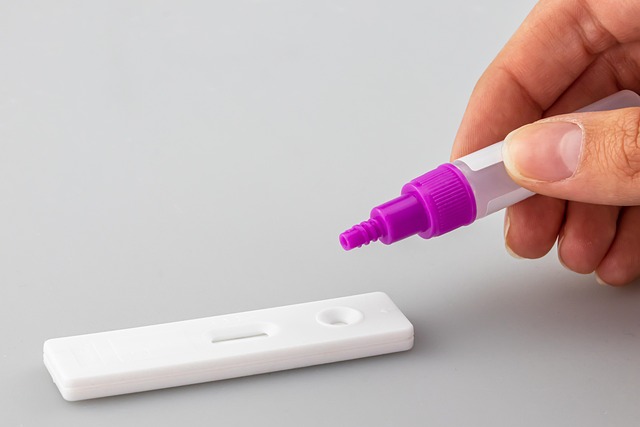Building Better User Experiences: A Guide to Web Application Testing
In today’s digital age, the success of a web application hinges largely on its user experience. Whether it’s a sleek e-commerce platform or an innovative productivity tool, users expect smooth, engaging, and effortless interactions. But how do developers and designers ensure that their web applications meet these high standards? The answer lies in effective web application testing.
Understanding the Importance of Web Application Testing
Imagine logging onto a web application that is slow, confusing, or even crashes unexpectedly. Your frustration is palpable, and you’re likely to abandon that application in search of a better alternative. This is where web application testing plays a pivotal role. It helps identify and eliminate issues before your users encounter them, establishing a positive first impression that can lead to recurring visits and long-term loyalty.
Types of Web Application Testing
To build a better user experience, you must employ various testing methods. Here are some essential types:
- Functional Testing: This ensures that each feature in your web application works as intended. It addresses user interactions, such as forms, buttons, and navigation.
- Performance Testing: Speed matters. This type of testing evaluates how your web application performs under various conditions, ensuring quick load times even during high traffic.
- Security Testing: With the increase in cyber threats, safeguarding user data has never been more crucial. Security testing identifies vulnerabilities within your application, protecting both your business and your users.
- Usability Testing: Conducting usability tests helps ensure that your application is user-friendly. Observing real users as they navigate your application can provide invaluable insight into areas for improvement.
- Compatibility Testing: Your users access web applications through various devices and browsers. Compatibility testing ensures that your application delivers a consistent experience across all platforms.
Best Practices for Web Application Testing
Integrating best practices into your testing process can enhance the quality of your web applications:
- Start Early: Incorporate testing into every stage of the development process. This proactive approach helps catch issues before they escalate.
- Automate Where Possible: Utilizing automated testing tools can increase efficiency and cover more ground, allowing for more rigorous testing.
- Involve Real Users: Anytime you can gather feedback from actual users, you gain an authentic perspective. This can guide improvements that technical teams might overlook.
- Monitor Continuously: After launch, continue testing and gathering feedback to ensure that the application evolves to meet users’ needs over time.
Wrapping Up the Testing Journey
Creating a remarkable web application is an ongoing journey that thrives on user feedback, constant improvement, and, crucially, rigorous testing. By implementing comprehensive testing strategies, you can build a user experience that not only meets expectations but exceeds them. A well-tested application is more than just function—it’s an opportunity to delight users and encourage them to stay engaged and loyal. As we move forward, let’s prioritize web application testing to foster better online interactions for everyone.




